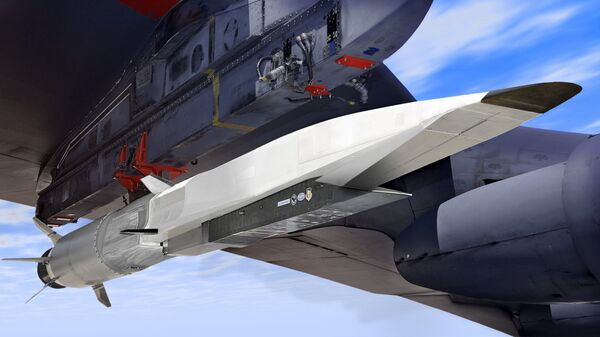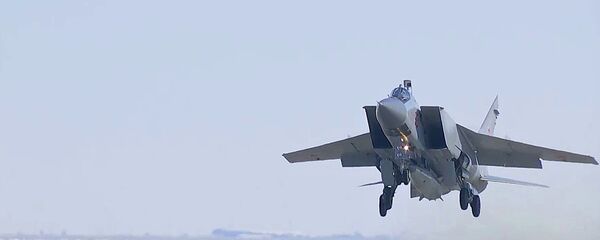The United States will have problems containing state-of-the-art Russian missiles in the future, which is why it is necessary to extend the new Strategic Arms Reduction Treaty (START) so that it covers such weaponry, General John Hyten, head of the US Strategic Command (STRATCOM), told the Senate Armed Services Committee on Wednesday.
“I get concerned that 10 years (from now) and beyond, that with torpedoes, cruise missiles, and hypersonic (weaponry), that it can go completely in the other direction, that we would have difficulty. I have no problem saying I can defend the nation today, and I think the commander after me can, but I worry about the commander after the commander after the commander,” Hyten pointed out.
He specifically referred to Russia’s Poseidon’ nuclear-powered underwater drone torpedo, an intercontinental-range cruise missile and a hypersonic nuclear warhead, which he said are not covered by the START Treaty.
READ MORE: Russia's New Avangard Hypersonic Nuke Missile Prompts Panic in US – German Media
“I support a new START, but you have to have a partner who wants to participate,” Hyten said, adding that he wants to see START’s extension through 2026 to cover Russia’s new weapon systems.
He added that the existing US sensors can detect and locate all missiles at launch, but that a hypersonic missile then “disappears and we don’t see it until the effect is delivered”.
Unveiling Russia's Poseidon underwater vehicles during his address to the Federal Assembly last March, President Vladimir Putin explained that the vehicles are capable of travelling at great depths and have an intercontinental range at speeds several times greater than most submarines and modern torpedoes can achieve.
READ MORE: Hypersonic Target Missile for Advanced Weapons Testing Being Created in Russia
The New START Treaty between Russia and the United States entered into force in 2011 and covers a 10-year period with the possibility of a five-year extension.
The document is based on several previous joint non-proliferation arrangements and limits the number of deployed intercontinental ballistic missiles, submarine-launched ballistic missiles, nuclear-armed bombers, and nuclear warheads.






